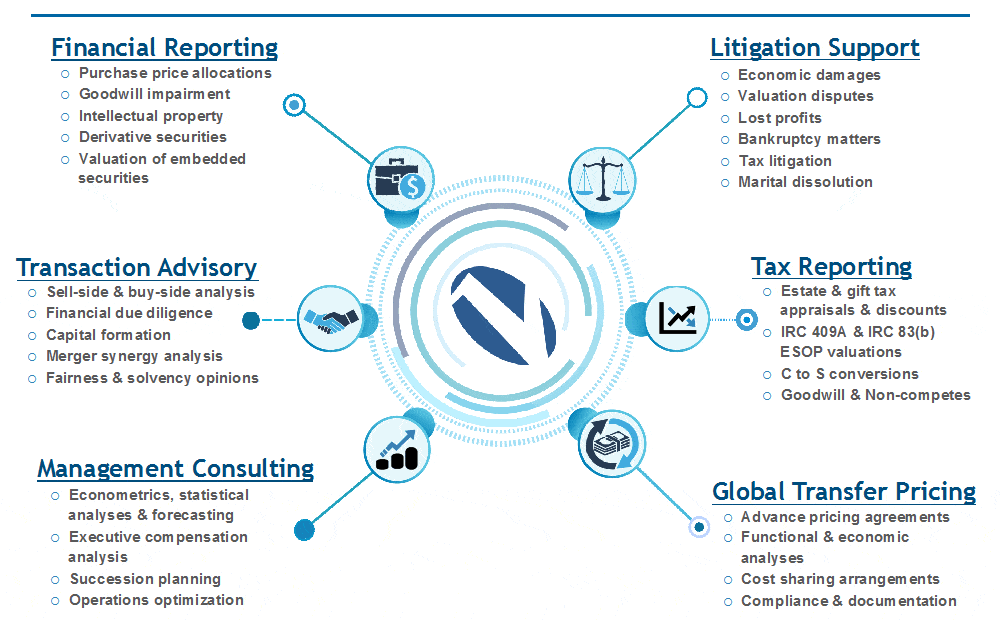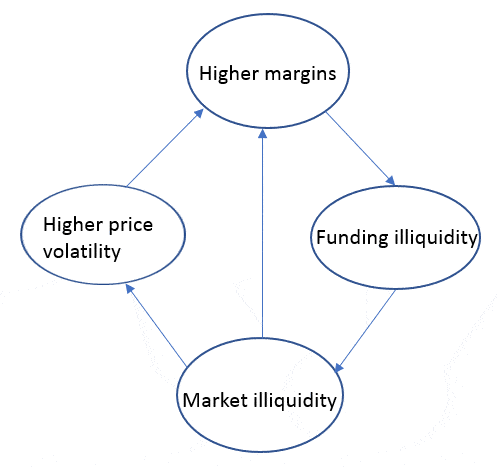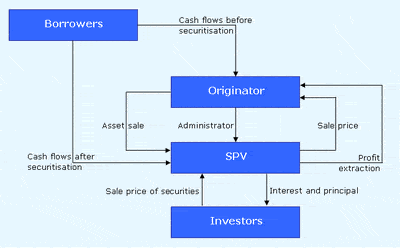
A common, or “vanilla,” call options a right (however, not a duty) to acquire a property or a amount of assets with a specified price per unit (the “strike” or exercise price) within a specified time period. A reset feature changes the exercise price or even the quantity of assets that may be purchased, sold or exchanged upon certain subsequent events occurring. To hire derivative valuation follow the link provided.

A warrant is typically an appointment option the location where the issuer/seller must issue the underlying the reassurance of the big event of exercise. Barrier options are options where the right to exercises are triggered based on the underlying asset price hitting a certain threshold (often on certain specified dates or in specified time periods). Alternatively, a barrier option could possibly have certain terms modified in the big event the root asset price reaches or passes a certain threshold of the derivative valuation. We demonstrate the utility in the method through the use of it to European, American, and barrier choices on just one commodity, to European and Bermudan spread alternatives on two commodities, also to a selected class of swing options.

As a side note, Monte Carlo simulation is often a versatile tool. The problem for investment firms is the knowledge and expertise in these topics has traditionally sat making use of their sell side counterparts. The existence of multiple dilutive securities with assorted maturity dates invalidates the ceaseless volatility assumption and creates potential “kinks” or “bends” in the foreseeable future value in the company’s shares as being a function of its future enterprise value like a whole. The problems with your methods are the correct discount rate is normally unknown for the reason that risk-neutral assumption is violated as well as the correct risk premium is not easily calculated.
Overnight index swap discounting is employed in determining the risk-free rate. The Securities Industry and Financial Markets Association Municipal Swap Rate. However, there's debate amongst certain banks if you should utilise OIS or SONIA because the discount rate. Finally, we discount the mean values to the current and therefore obtain the option value. How are the prices and values of European options determined? Specific derivative security terms and related modeling issues tend to be too unique for straightforward formulas from text books or “canned” models.

Beyond the issues of non-constant volatility, two additional issues usually are neglected by valuation analysts inside modeling process when valuing derivatives securities involving companies. In this case, the dilution effect could be ignored within the valuation model. Investors are kept within the dark concerning the true worth of their investments and run the risk of being rooked minus the transparency from the valuation of their derivatives. Furthermore, and possibly most importantly, commodities tend to revert to end equilibrium prices.
However, usually, the payoff of your PSU is more complex and is usually tied to a family member performance measure. Employees are normally necessary to fulfill the performance and also service criteria to become eligible for the Employee Stock Option plan. Bilateral credit support annexes and central counterparty clearing are two kinds of collateralization that supply protections against counterparty defaults, however these make a difference liquidity.

Entities must make an effort to calculate the likelihood and impact of a counterparty defaulting. A unilateral CVA only anticipates the possibility of the counterparty defaulting while a unilateral DVA only accounts for your possibility of default from your entity. The right model must reflect a compromise between capturing the appropriate complexities while being simple enough to be tractable and periodically replicated. However, there have been developments under IFRS 13 “Fair Value Measurement” (which was effective from 1 January 2013) addressing “non-performance risk”, the reality of a duty not being fulfilled.
To read more about derivative valuation go to https://www.cfainstitute.org/en/membership/professional-development/refresher-readings/2020/basics-derivative-pricing-valuation